THE STORY OF A DANCE
A documentary by Emma Balnaves
My name is Emma Balnaves and I have been a teacher in Shadow Yoga (one of the traditional forms and philosophies of Hatha Yoga) for over 20 years.
In 2019 I completed my first film Agniyogana, a documentary inspired by a desire to share the essence of my teachings.
With Pure Dance, I would like to expand my cinematography and address the quest I pursued, with my husband Sundernath (also a Shadow Yoga master and teacher), over 20 years ago.
This spiritual and physical journey led us to a very ancient dance. A sequence of postures, which, when properly and regularly performed, can lead to inner freedom. A place inside you, free of anything but yourself. A peaceful space where all actions are just.
This film will be the story of how we uncovered this Pure Dance, researched it and shared it (and continue to do so), because, in these troubled times that we are all facing, I feel that helping people find inner freedom is quite simply, the best thing anyone can do.
“When one is ready,
the guide will appear.”
(Indian Proverb)
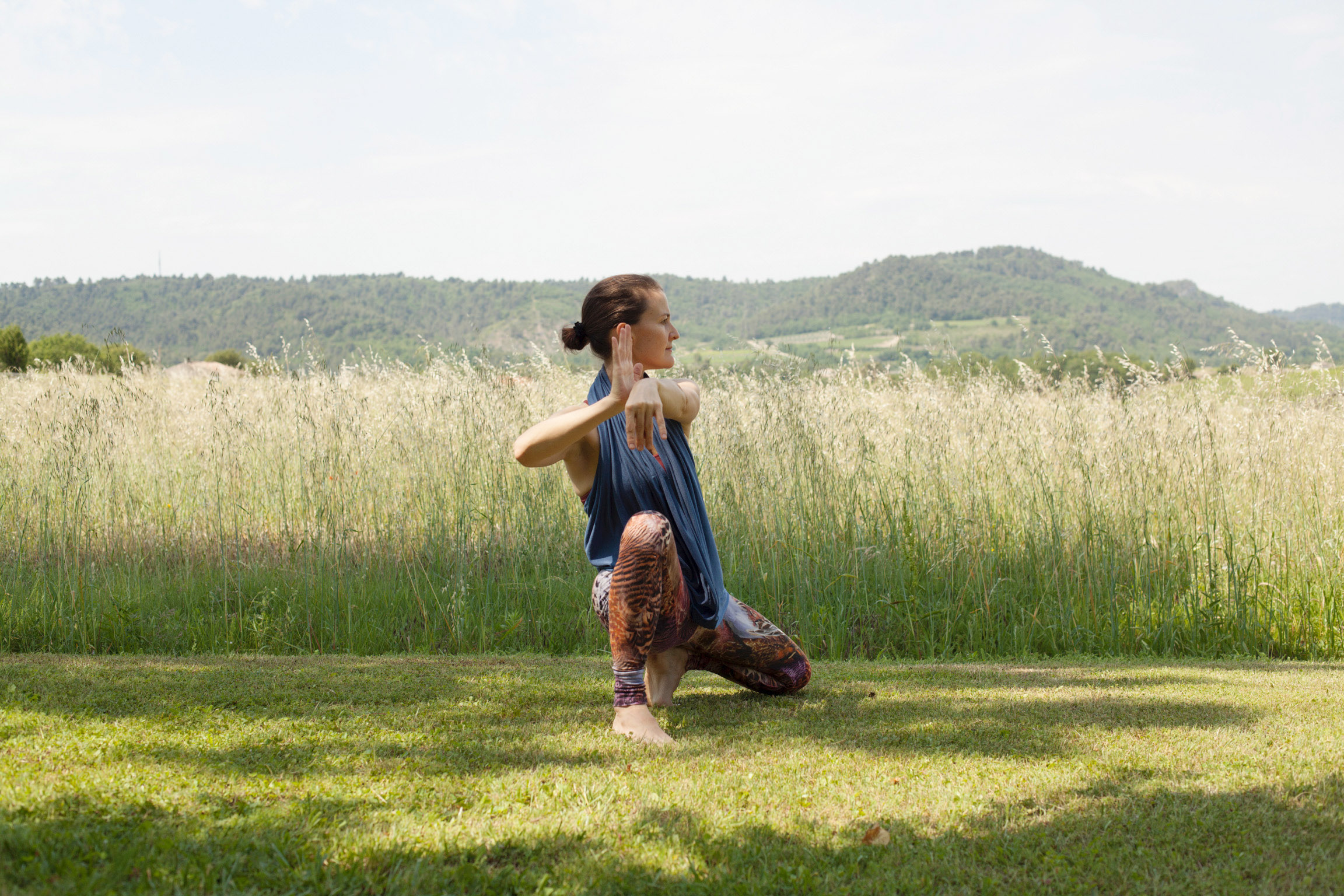
Embark with us on a transformative journey into the heart of Nrtta, an ancient yogic dance form that transcends mere movement to become a profound meditation on existence and the essence of the soul. This documentary unravels the layers of Nrtta, revealing it as both an aesthetic philosophy and a key to understanding the incommunicable aspects of life.
Guided by Sundernath’s quest to rediscover the last Pashupatis—ascetic practitioners of this timeless art—we delve into the historical roots of this yogic dance, tracing its lineage back to the sacred Nataraja temple in Chidambaram, where a chance meeting with a wandering sadhu unlocked the hidden rhythms of this trance, twenty years ago.
This journey not only aims to find the lost practitioners but also to explore the deeper significance of movement and meditation in our lives.
As we traverse untouched landscapes from Tamil Nadu to Angkor Vat, we confront questions of existence, presence, and the essence of being. Will we uncover the secrets of Nrtta, or will we discover that we are the last practitioners of this ancient art?
This is not just a search for the past but a reflection on how this yogic dance resonates within our contemporary lives—a reminder of the spiritual journey within us all.
Join us as we explore Nrtta: a dance without an audience, a meditation without words and a journey that asks us to let go of expectations and embrace the mystery of our existence.
Project updates
NRTTA: THE PURE DANCE
Nrtta is more than a dance. It is a meditation.
It is about going back home into your being, your essence, your soul. It is an aesthetic and a philosophy.
Nrtta is a key.
It opens a door. Behind it, is the incommunicable. Nrtta is light and fluid. It seems motionless and yet it doesn’t stop.
It is not modern. It is timeless.
There is indeed scientific evidence: the rhythmic coordination of this yogic dance demands intense concentration.
We will show you entire zones of the brain lighting up during the Pure Dance — zones that remain as dark as a starless night in anyone else’s mind…
And the Pashupatis have been performing it for centuries, ever faithful to their
principles: despising pain, ignoring time, and never doubting. These principles will guide our journey too.

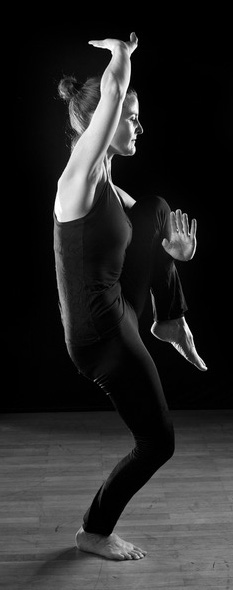
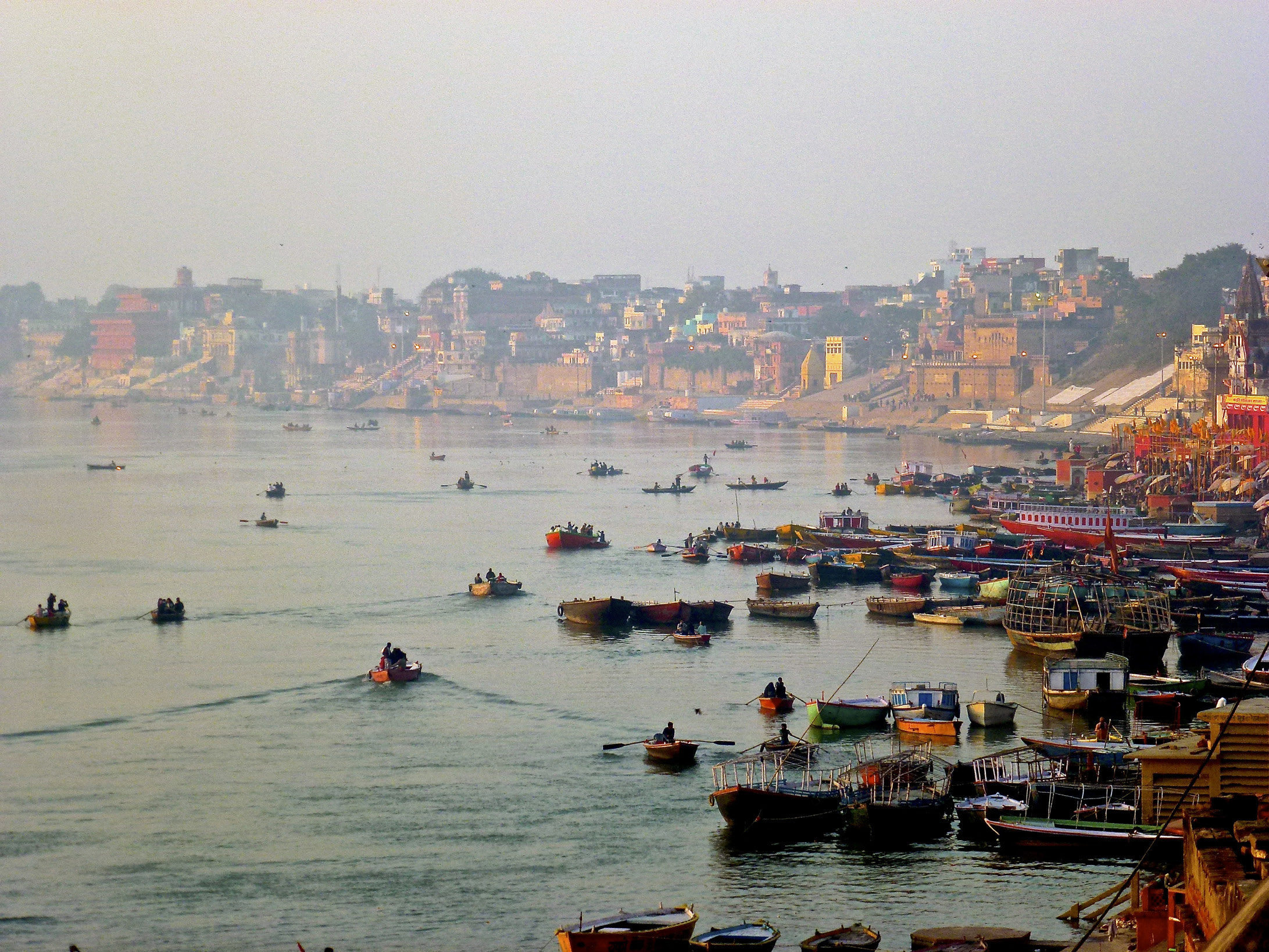
THE QUEST
Twenty years ago, in Chidambaram, at the Nataraja (Shiva) temple in South India, Sundernath met a wandering sadhu who brought him into one of the buildings of the temple — the Hall of the Thousand Pillars.
He pointed to a set of carvings in a particular arrangement. There lay the treasure: the key positions of the Pure Dance, with their hidden rhythm, in their sequential order. The sadhu demonstrated these positions and gave guidance over a few hours. Then he bid goodbye and left. Sundernath saw him again.
After this first meeting in Chidambaram, we worked with the karanas (positions) displayed on the temple pillars and in the ancient texts. We started to teach the movements and felt the benefits of this yogic dance.
Never again did we meet with a Pashupati. Never did we get to the actual source.
Now, after years of practicing and teaching this Pure Dance, I wish to go on this journey in pursuit of beings that might have disappeared. Or not.
We will set out on a quest to find the last Pashupatis and learn from them. But who are we looking for exactly, and why is it so difficult to find them? In our times of social networks, would some people dream of living hidden away?
The Pashupatis are ascetics who live according to very strict principles, first described in the Pashupatasutra, a treatise of yoga written in the second century BCE. A resurgence of the Pashupatis took place in the first century CE, in Gujurat, India.
While filming this movie, I will meet with people who know the Pashupatis — historians, scientists, priests, and sculptors — who have studied their work, and who might know where to find them.
I will also meet with practitioners of the classical Southern Indian tradition of Kuchipudi, a dance that marries a fierce precision with sensual flowing lines and deft, intricate footwork.
Nrtta and Kuchipudi share the same roots (sourced from the 108 karanas) and some postures, characterised by fluid stepping and spiralling footwork, with subtle swaying movements of the torso that flow into gestures of arms, hands and fingers. They also share a transcendance: they are a reflection of the living principle (creation, sustenance, destruction, concealment and release), a reminder that everything in this world -that the world itself- is an ever evolving shape.
Yet, contrary to Nrtta, Kuchipudi is steeped in storytelling and is accompanied by music: it is designed for an audience.
Contrastingly, Nrtta is not about expressing anything. It is not accompanied by music. It is not designed for an audience. This yogic dance is for the individual soul.

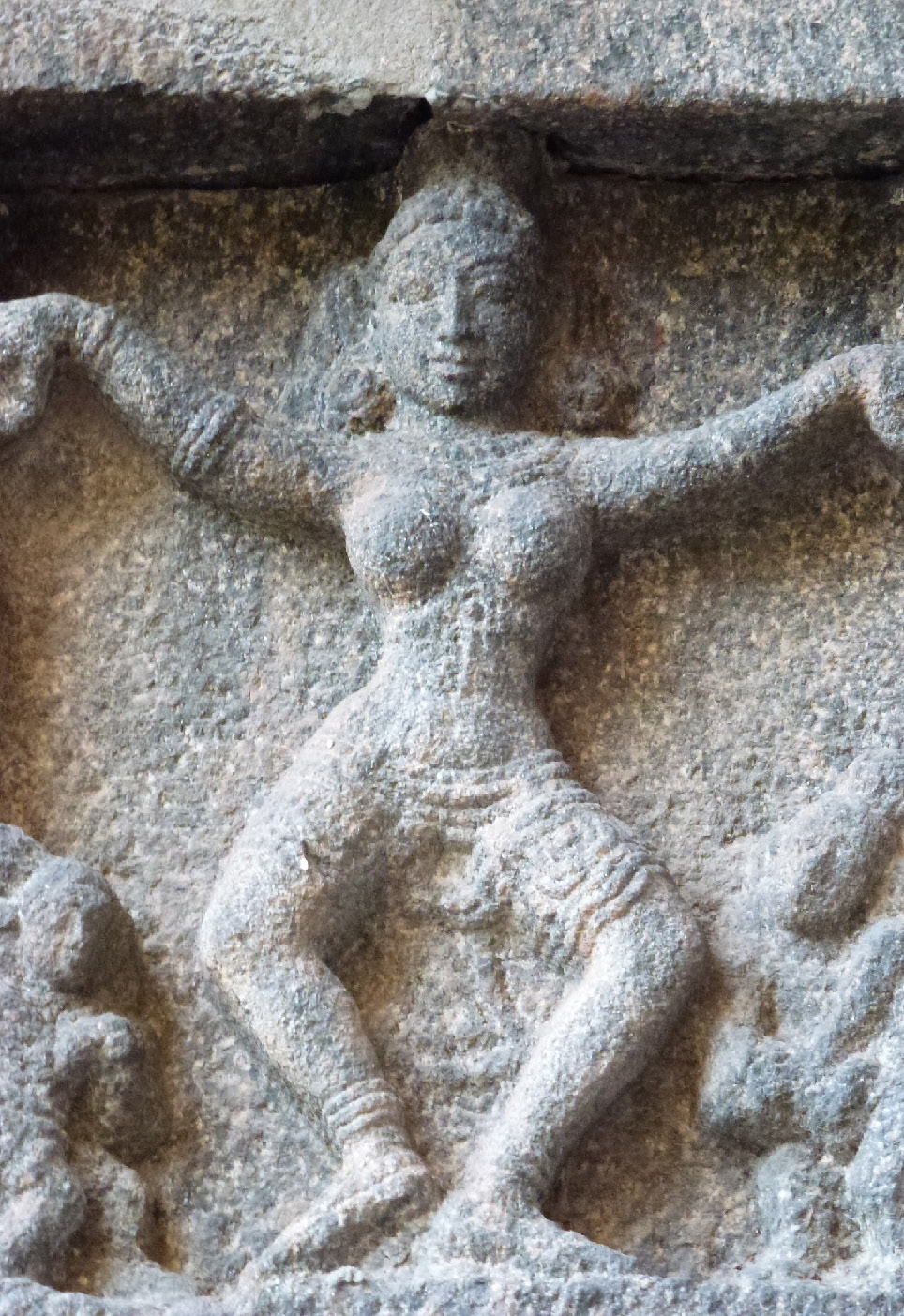
THE FILM
Look at a map. India. The south. Tamil Nadu. This is where you will find the temple of Shiva in Chidambaram.
It is where this Dance was born. It is where we will focus our efforts, before going East, towards Cambodia, Vietnam, Bali…
We will see places untouched by humans. We will have to read traces, trust our intuition, and maybe just follow the stars.
And then, at some point, we will go where there is no human presence. Or where only nomads dwell. A forest? A mountain? There, they may be waiting.
Stay still. Do not be on the lookout. Rather, the reverse: let yourself be seen. Accept becoming the observed and no longer the observer.
Waiting as a meditation.
Have no expectations. Enjoy the offerings on the way. Be content with the world. It may be that no- one will appear.
Perhaps because we do not know how to look?
Or perhaps other Shivaite practitioners will appear, also descendants of the Pashupatis?
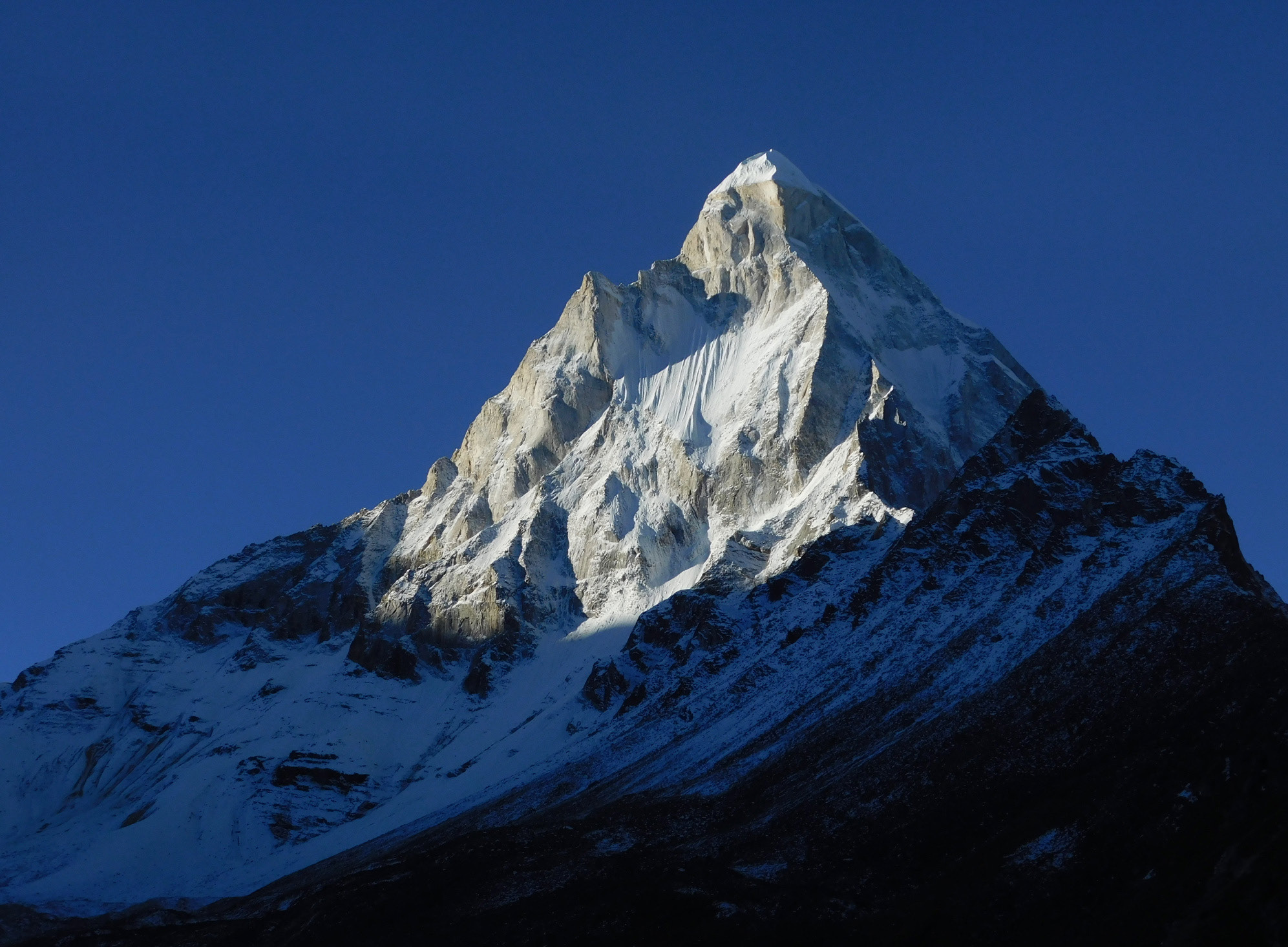
EMMA BALNAVES
BIOGRAPHY
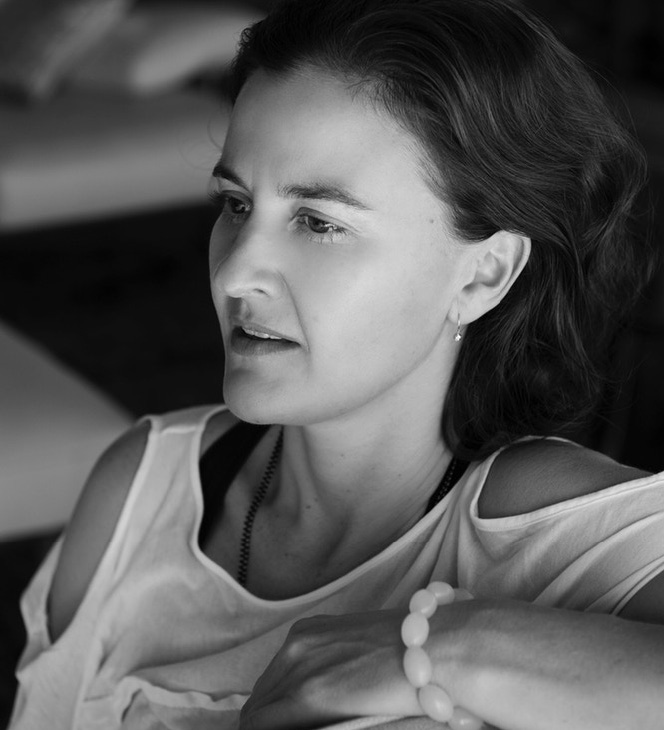
Emma Balnaves is an internationally respected teacher of Shadow Yoga, one of the traditional forms and philosophies of Hatha Yoga.
She has been teaching since 1995 and is the co-founder of Shadow Yoga.
Emma was introduced to yoga in her early teens when she became intrigued by the mystery of the practices and the feelings they evoked inside her.
After graduating in visual communication, majoring in photography at the University of Adelaide and working in the creative arts in Sydney, New York, and London, Emma committed herself to a life of teaching yoga.
Decades of in-depth study followed with research in yoga, Ayurveda, and other internal arts. Emma began incorporating the full spectrum of the yogic process in her teaching.
In 1998 both Sundernath and Emma began extensive travel – teaching and training internationally.
In 2019, Emma completed her first film Agniyogana, a documentary inspired by a desire to present a better understanding of all aspects of the practice.
Agniyogana has appeared at the following festivals:
2021: New Wave Short Film Festival – Official Selection
2020: Rishikesh International Film Festival – Hall of Fame
2020: ARFF Paris– Around Paris International Film Festival Best Documentary Honorable Mention
2020: Amsterdam World International Film Festival – Official Selection
2020: ARFF Paris – Around Paris International Film Festival Best Documentary – Official Selection
2020: DRUK – International Film Festival – Winner
2020: Rishikesh International Film Festival – Best of Fest
2020: American Documentary & Animation Film Festival – Official Selection
2020: Saint Luis Obispo International Film Festival – Official Selection
2020: Lift-off Global Network Tokyo – Official Selection
2021: Madonie Film Festival, Region of Sicily – Best Documentary
Pure Dance will be Emma Balnaves’ second film.
